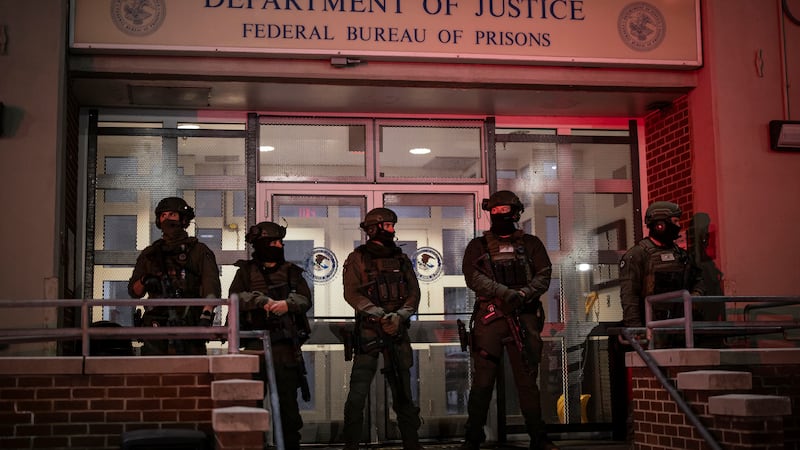Boeing has confirmed that "hairline cracks" have been discovered in the wings of about forty 787 Dreamliner aircraft that are in production, marking another setback for the company's newest jet.
The cracks have not been found on planes that are in use by airlines and therefore pose no safety risk, Boeing said, adding the problem also will not alter Boeing’s plans to deliver 110 787s this year.
However, Boeing said the cracks, which also occurred on the larger 787-9 model currently undergoing flight tests, could delay by a few weeks the date when airlines can take delivery of their new planes.
The disclosure raised questions about repair costs and a possible minor increase in the weight of the plane, but did not seem to spell major trouble for Boeing, industry experts said.
Wing-maker Mitsubishi Heavy Industries Ltd notified Boeing in February of the problem, which arose after the Japanese company altered its manufacturing process.
“We are discussing with Boeing how to deal with the problem,” a spokesman for Mitsubishi Heavy Industries in Tokyo said.
He was unable to comment on why the company changed the manufacturing process.
Boeing, based in Chicago, said it immediately notified customers of potential delays. It said none of the jets potentially affected by the problem has been delivered.
“We are confident that the condition does not exist in the in-service fleet,” Boeing spokesman Doug Alder said.
The US regulator said it was aware of the situation.
"The FAA will work with Boeing to ensure that the issues are corrected before the airplanes are delivered," the Federal Aviation Administration said in a statement.
Boeing shares fell 54 cents, or 0.4 per cent, to $128.00 in after-hours trading.
The cracks are the latest trouble for the Dreamliner, a high-tech jet largely made of carbon-fibre composite that has been beset with so-called “teething issues” since entering service in 2011, three years behind schedule.
Last year, lithium-ion batteries overheated on two Dreamliners, prompting regulators to ground the worldwide fleet for more than three months while Boeing redesigned the battery system. Another battery overheated this year.
Airbus also has struggled with wing cracks on its A380 jet.
Boeing said the 787 cracks occurred in shear ties on wing ribs, and will take one to two weeks to inspect and fix.
Wing ribs run parallel to the fuselage of the plane. The ties, made of aluminum, hold the rib to the skin of the wing and will be replaced with an aluminum part.
“If we find an affected area, we’ll correct the issue by trimming out the area and applying a fabricated piece in its place,” Mr Alder said.
Boeing declined to discuss the manufacturing change that led to the problem.
Boeing expects to deliver 110 787s this year, and to earn revenue of between $87.5 billion and $90.5 billion. So far it has delivered nine, including one delivered on Friday.
“Deliveries continue as normal outside this potentially impacted 40,” Mr Alder said.
Boeing’s disclosure comes as Airbus emerges from a painful two-year program of modifications and hundreds of millions of euros of financial charges triggered by the discovery of cracks on brackets attached to wing ribs on the A380.
Reuters reported on Thursday that Airbus had once again ordered more frequent inspections of the wings of the world’s largest passenger jet after discovering unexpected levels of metal fatigue, this time during testing on a factory mock-up.
Airbus has asked airlines to inspect the wing’s “spars” or main internal beams during regular major overhauls carried out after six years in service, and then again at 12 years, instead of waiting for the 12-year overhaul, industry sources said.
An Airbus spokeswoman confirmed the discovery of unspecified “fatigue findings” on a factory test plane.
“This will be addressed during routine maintenance inspections and the aircraft remains safe to fly,” she said.
Most aircraft undergo a regular pattern of checks from small daily ones to heavy maintenance checks every five or six years.
Aircraft industry experts have known for decades that metal fatigue cannot be eliminated, but they have worked out a system for monitoring it backed up by mandatory maintenance schedules.
Reuters















